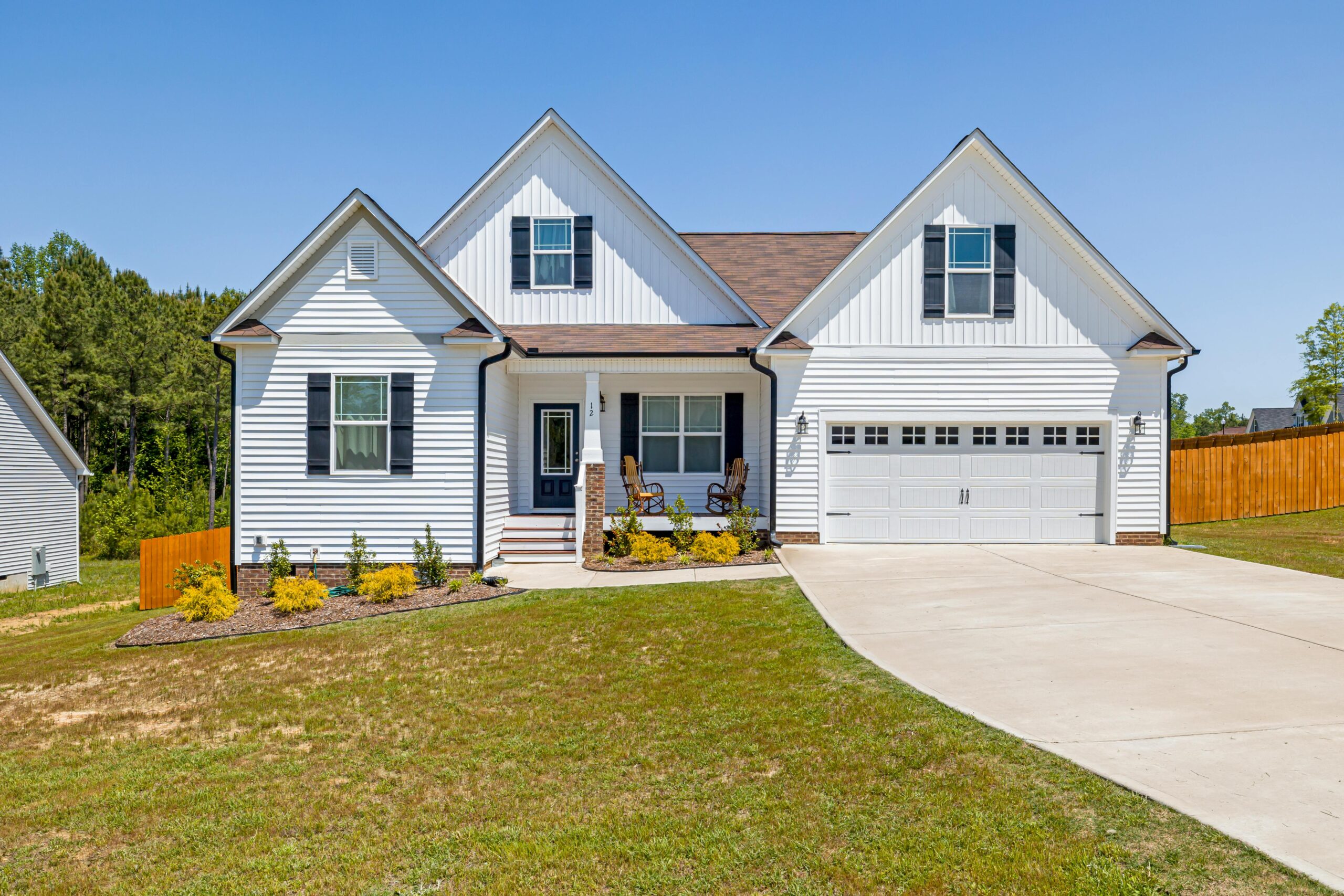Owning a home is a significant milestone and investment, and protecting it should be a top priority. Home insurance, also known as homeowners insurance, provides that essential protection. This guide will help you understand the basics of home insurance, including coverage types, costs, and benefits, ensuring you make an informed decision for safeguarding your home and assets.
What is Home Insurance?
Home insurance is a policy that provides financial protection against losses and damages to your residence and its contents. It also covers liability for accidents that occur on your property. Home insurance policies vary widely, so it’s important to understand the specifics of your coverage.
Types of Home Insurance Coverage
- Dwelling Coverage
- What it Covers: This protects the physical structure of your home, including walls, roof, floors, and built-in appliances, from perils like fire, wind, and hail.
- Why it Matters: It ensures that your home can be repaired or rebuilt if damaged by a covered event.
- Personal Property Coverage
- What it Covers: This covers your personal belongings, such as furniture, electronics, and clothing, against theft or damage.
- Why it Matters: It helps replace or repair your possessions, reducing the financial burden after a loss.
- Liability Coverage
- What it Covers: This provides protection against legal actions for bodily injury or property damage that you or your family members cause to others.
- Why it Matters: It covers legal fees, medical expenses, and any court-awarded damages, protecting your financial assets.
- Additional Living Expenses (ALE) Coverage
- What it Covers: If your home is uninhabitable due to a covered loss, ALE pays for temporary living costs, such as hotel stays and restaurant meals.
- Why it Matters: It ensures you can maintain your standard of living while your home is being repaired.
- Other Structures Coverage
- What it Covers: This covers structures not attached to your home, like garages, sheds, and fences.
- Why it Matters: It provides additional protection for all parts of your property.
Common Perils Covered by Home Insurance
- Fire and smoke
- Windstorm and hail
- Lightning strikes
- Theft and vandalism
- Water damage (from burst pipes, not flooding)
- Falling objects (like trees)
Perils Typically Not Covered
- Floods (requires separate flood insurance)
- Earthquakes (requires separate earthquake insurance)
- Maintenance issues (mold, pest infestations)
- War and nuclear hazards
Understanding Home Insurance Costs
- Premiums
- What They Are: Premiums are the amounts you pay regularly (monthly, quarterly, or annually) to keep your insurance active.
- Factors Influencing Costs: Location, home value, coverage amount, deductible, and credit score.
- Deductibles
- What They Are: The amount you pay out-of-pocket before your insurance coverage kicks in.
- Choosing a Deductible: Higher deductibles typically result in lower premiums, but ensure you can afford the deductible in case of a claim.
- Discounts
- Available Discounts: Many insurers offer discounts for things like bundling policies, installing security systems, having a claim-free history, and maintaining a good credit score.
- How to Qualify: Ask your insurer about available discounts and how to qualify for them to lower your premiums.
Benefits of Home Insurance
- Financial Protection
- Benefit: Protects against significant financial loss from unexpected events.
- Example: Covering the cost of rebuilding your home after a fire.
- Peace of Mind
- Benefit: Knowing your home and belongings are protected.
- Example: Feeling secure that your insurance will help you recover after a theft.
- Liability Protection
- Benefit: Shields you from legal and medical costs if someone is injured on your property.
- Example: Covering legal fees if a visitor sues after slipping on your icy driveway.
- Compliance with Mortgage Requirements
- Benefit: Many mortgage lenders require home insurance.
- Example: Ensuring you meet lender conditions to secure your mortgage.
- Support During Displacement
- Benefit: Covers living expenses if you’re temporarily unable to live in your home.
- Example: Paying for a hotel stay while your home is being repaired after a storm.
How to Choose the Right Home Insurance Policy
- Assess Your Needs
- Step: Evaluate the value of your home and possessions.
- Consideration: Include high-value items that may need additional coverage.
- Compare Policies
- Step: Get quotes from multiple insurers.
- Consideration: Compare coverage limits, exclusions, and premiums.
- Check Insurer Reputation
- Step: Research the financial stability and customer service of insurers.
- Consideration: Look at reviews and ratings from agencies like AM Best and J.D. Power.
- Understand the Policy
- Step: Read the policy thoroughly.
- Consideration: Ensure you understand what is covered, the limits, and the exclusions.
- Review Annually
- Step: Review your policy each year.
- Consideration: Update coverage as needed to reflect changes in your home or possessions.
Conclusion
Home insurance is an essential safeguard for your most significant investment. Understanding the types of coverage, costs, and benefits helps you make informed decisions that protect your home and provide peace of mind. By assessing your needs, comparing policies, and choosing the right coverage, you can ensure your home and financial future are well-protected.
